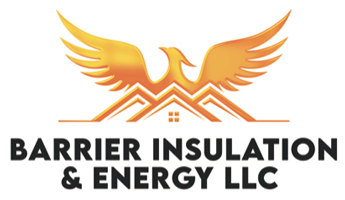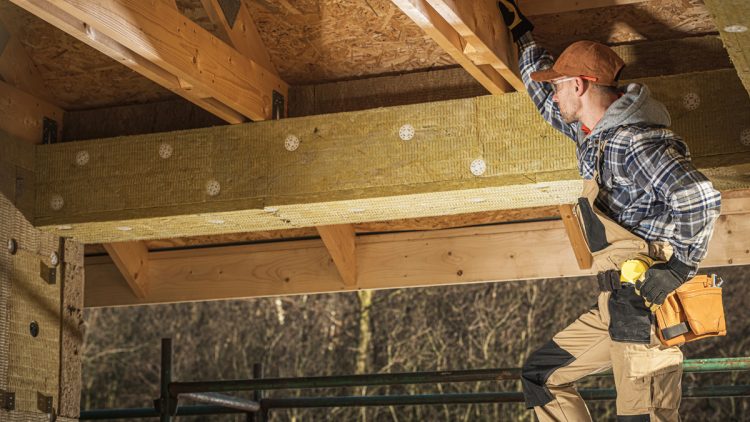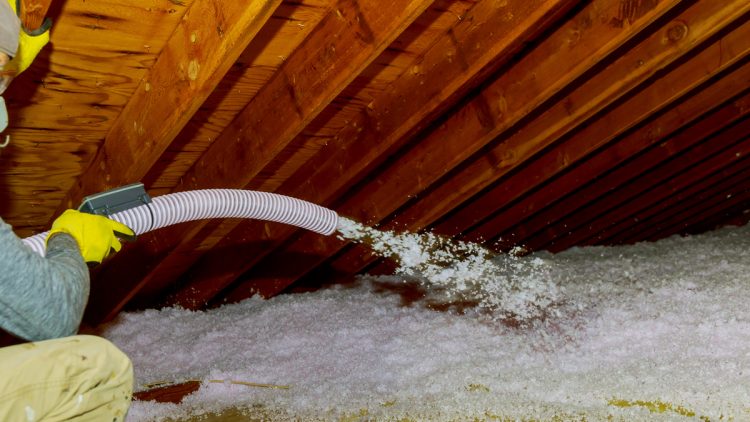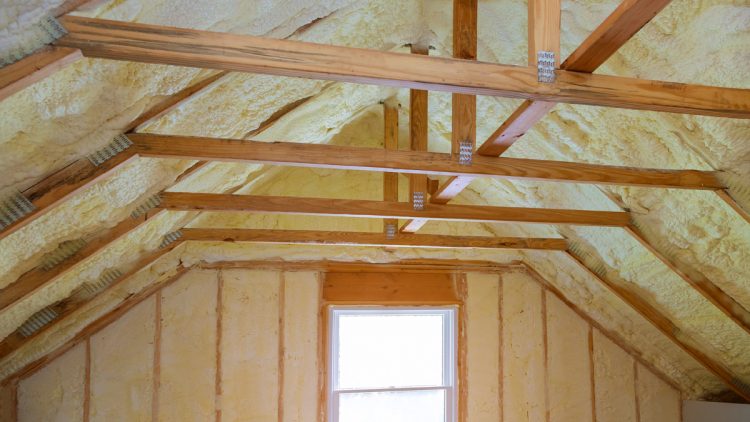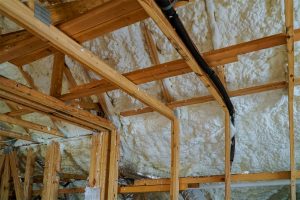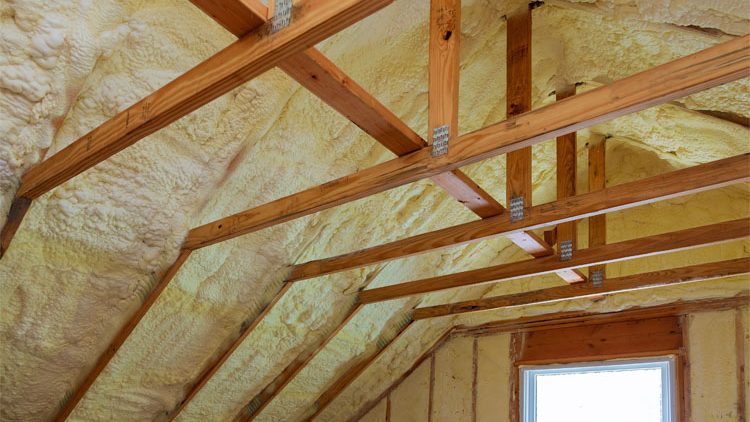How Much Does It Cost For Blown In Insulation?
The average blown-in insulation ranges around $1,483 according to Homeadvisor.com members. Homeowners typically spend around $926 and $2,075. This cost depends on the work that going to be performed by the home owner or a professional blown-in installation installer.
Blown-In Insulation Price Per the Square Footage
Blow-in insulation (also known as loose-fill) costs between $1 to $1.50 per sq. ft. So, you can expect pay a little more for projects that require higher R valued insulation. Don’t forget when installing this type of insulation around any electrical wiring can be dangerous and may require you to hire a professional installer.
Cost of Labor for Blow-in Insulation Services
The average price of insulation services ranges anywhere from $40-70 per hour. It can be a lot more expensive to install insulation in older homes instead of a newer home. Bear in mind, the thicker the insulation, the longer its installation will take.
Attic Blown-In Insulation Installation Cost
The average cost to insulate your attic with blown-in insulation can cost between $600 – $1,200 for a 1,000 square foot attic. Having said that, if you decide to hire a professional know labor costs will range from $40-$70 an hour in addition to the materials used. A minimum R-value of 30 is ideal for this project.
What Amount of Blown-In Insulation Will be Needed?
Follow a couple of easy steps to calculate the number of bags of insulation you’ll need for the project.
- Find the square footage of the area you’re insulating
- Find out which R-value works best for your home
- Find the square footage the insulation you decided on will cover
- Find the R-value of the insulation you decided
If the R-value of the home matches the R-value of the insulation you’ve decided on, then purchase sufficient insulation to cover the projected square footage (with a little overage)
If the R-value of the insulation is less than what the home requires, then double the number of bags you buy and have installed.
Advantages of Having Blown-In Insulation
Blown-in insulation installation is a lot quicker and less costly to have installed than that of batt and roll forms. It adds a longer lifespan to the homes roof and its shingles and lowers energy costs. It also can act as a vapor retardant and moisture barrier.
Blown-In Insulation Phoenix
If you have a residential or commercial property in Phoenix that is costing you an arm and a leg to cool or heat; Barrier Insulation is here to help! We offer the best blown-in insulation installation service in the state and provide it to all the cities in the Phoenix area. From Phoenix to Mesa and Gilbert to Glendale we have you covered with the absolute best blown-in insulation with professional installation. For more information give us a call at 602-499-2922 or 623-931-0637.
